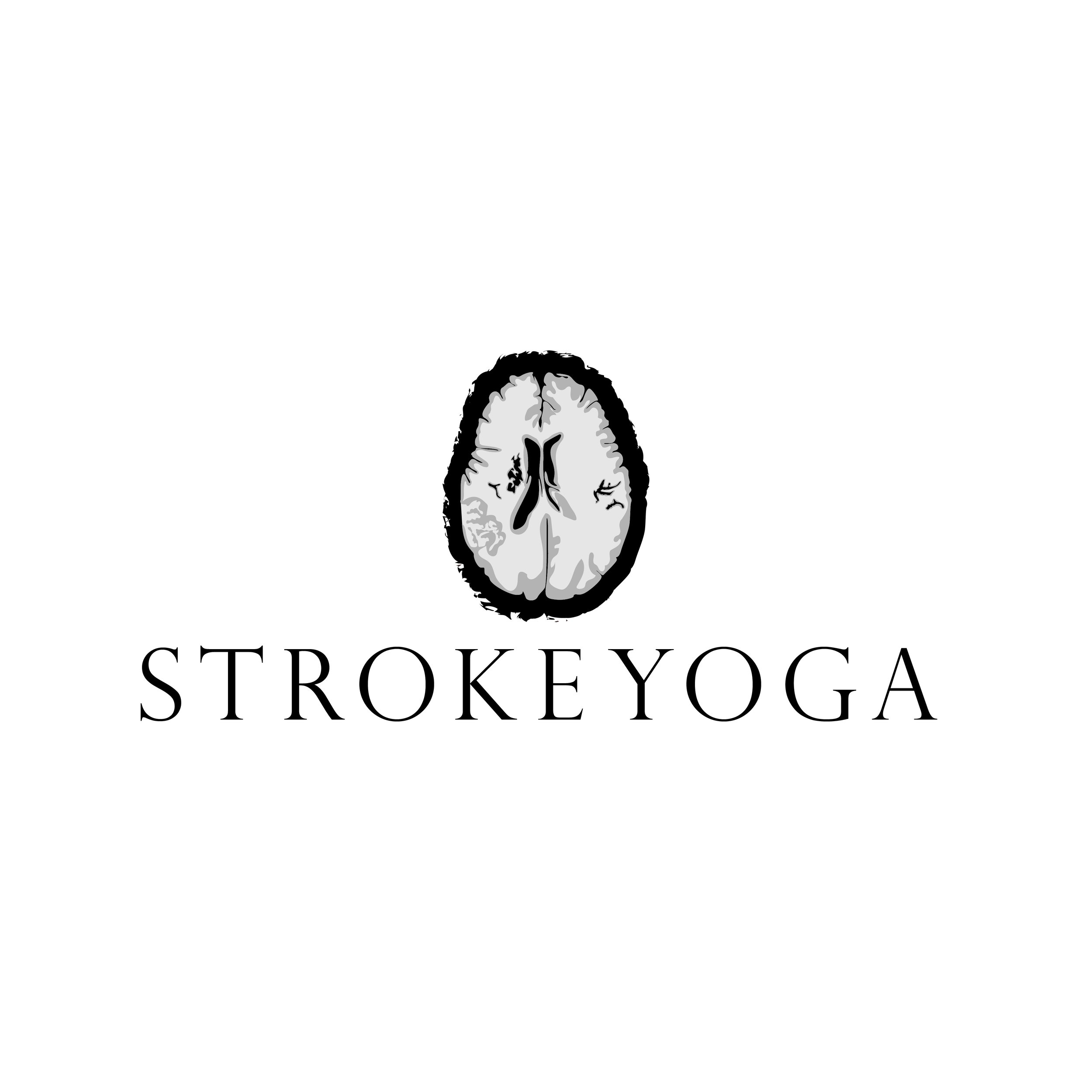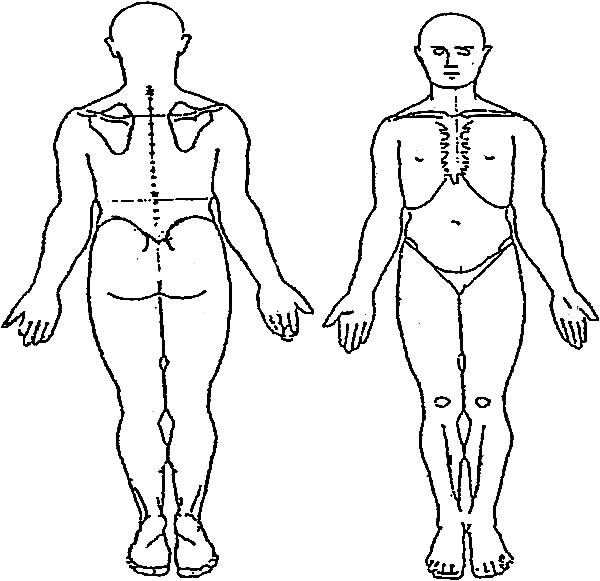STROKE YOGA
An intuitive way to restore balance
Yoga and Stroke go together like peanut butter and jelly
Yoga this complex system or practice that brings us into ourselves; healing from an injury that has disconnected us from ourselves or typically one half of the body seems like an obvious pairing to me
Breathing into the body because the disruption was all about blood flow, therefore oxygen loss.
Blood is the vehicle oxygen uses to circulate through our body, so when the blood flow to the brain is compromised, literally every second matters, until that blood flow and oxygen flow is restored to the brain.
As you could imagine during this restricted blood flow minute or second potential damage to brain cells is possible. This is why knowing the warning signs can be very crucial. Every stroke has varying degrees of severity and some people recover more quickly, some take time. I have been fortunate as to be one of those slow recoveries.
At first it seemed quick. I was making gains, eating, talking, standing, but then I kind of hit a wall and to be honest I don’t know I will ever be “fully’ recovered. I’m not even sure what that means. But I know recovery from any severe trauma is a journey, not a destination. Some people look at me and are impressed with how far I have come and some look and say I have so much farther to go. I honor both opinions.
As I moved through my own yoga Journey, I learned the fundamental breath techniques and postures and built myself up slowly reconnecting to this part of my body that had felt so disconnected from.
I had felt discouraged and frustrated in many ways being so young when I had my stroke. After years of traditional western therapy and medicinal treatments I came to yoga as strictly a physical “exercise”.
Finding out along the way that yoga would not only be a way to help strengthen my body and increase flexibility, but also ease the constant anxiety, depressive thoughts, low self-esteem, and embarrassment I felt.
After much consideration, I have decided to share my journey and try to reach out to as many stroke survivors who already use yoga in their recovery or might like to learn or deepen their own practice.
You see Stroke Survivors are some of the strongest, most determined group of people the medical community has somewhat written off as being disabled or “plateaued” putting limits on therapies and denying many forms of various therapies as measurable or valuable, not just yoga, but different energy healing and massage. we use the berg balance scale to show continued progress with stroke yoga. There is no time limit put on recovery and plateaus are only moments to rest and integrate.
There are 7.2 million stroke survivors in the U.S. according to the American stroke association. That’s a lot of freaking people! One of the leading causes of disability in the U.S. Yet kind of ignored or dismissed by a lot of the medical community. This has been my experience as a stroke survivor 14 years now, I speak only of myself with the hope my journey can inspire others.
Slow mindful movements combined with deep breathing techniques are used to reunite the body to the spirit. Many spiritual teachings suggest when there is a severe trauma to the body the spirit and the body separate. I truly believe this to be the case in my stroke. The breath gives us life. Medical doctor Andrew Weil writes about healing breath in his book Breathing: the master key to self-healing.
Dr. Weil’s work for more than 30 years leading the way in integrative medicine, has used the breath as a sort of spiritual healing for the physical body.
The body is a whole system, with specific Areas of vulnerability after a brain injury
1. Hip
· Pelvis stabilization:first look at the deep core ( transversus abdominis and rectus abdominis and erector spinae strengthening)
· Hip flexor strengthening
· Hip openers
2. Knee
· Hyper extension correction
· Hamstring strengthening
· Tendon release
· Joint freeing series
3. Ankle/ foot/ toes
· Posterier kinetic chain activation
· Heal toe walking
· Plantar flexion
· Toe relaxing
4. Shoulder
· Pectoral retraining
· Upper trapezius relaxation
· Rear deltoid stretch and ashoulder shrug
· more deep core support for upper body ( transversus abdominis and rectus abdominis and erector spinae strengthening)
5. Elbow
· Bicep/ tricep retraining
· Humerus placement
6. Wrist/ hand/fingers
· Transverse carpal ligament
· Median nerve freeing
· Radial nerve freeing
I call these areas of vulnerability because that is what they are. They are vulnerable areas of the body, susceptible to extreme weakness and/or spasticity for reasons that I cannot explain other than a disconnection from the nerves and in my opinion a disconnection from the breath, a kind of kink in the hose somewhere, a blockage (physical, emotional or mental). keeping your nervous system stuck in fight or flight
By breaking through blocked areas through a consistent yoga practice, you restore the flow of oxygen into these parts of the body that may have been previously paralyzed or tight. I list them in that order because the affect each other in that order, kind of like misaligning the whole leg or arm. Misalignment is a huge deal for trauma survivors, particularly stroke survivors.
Stroke yoga ties elements of traditional Hatha yoga and Iyengar methods to encourage deep alignment and reconnection within the body.
Getting the entire body involved in grounding poses and balancing poses encourage this connection to reestablish and realign the body. Also, anything that lengthens the body, elongates the muscles and the tendons help creates space.
Yoga is a kind of spring cleaning or spring training for the body especially necessary after a brain injury
But beneficial for the general public as well!!



